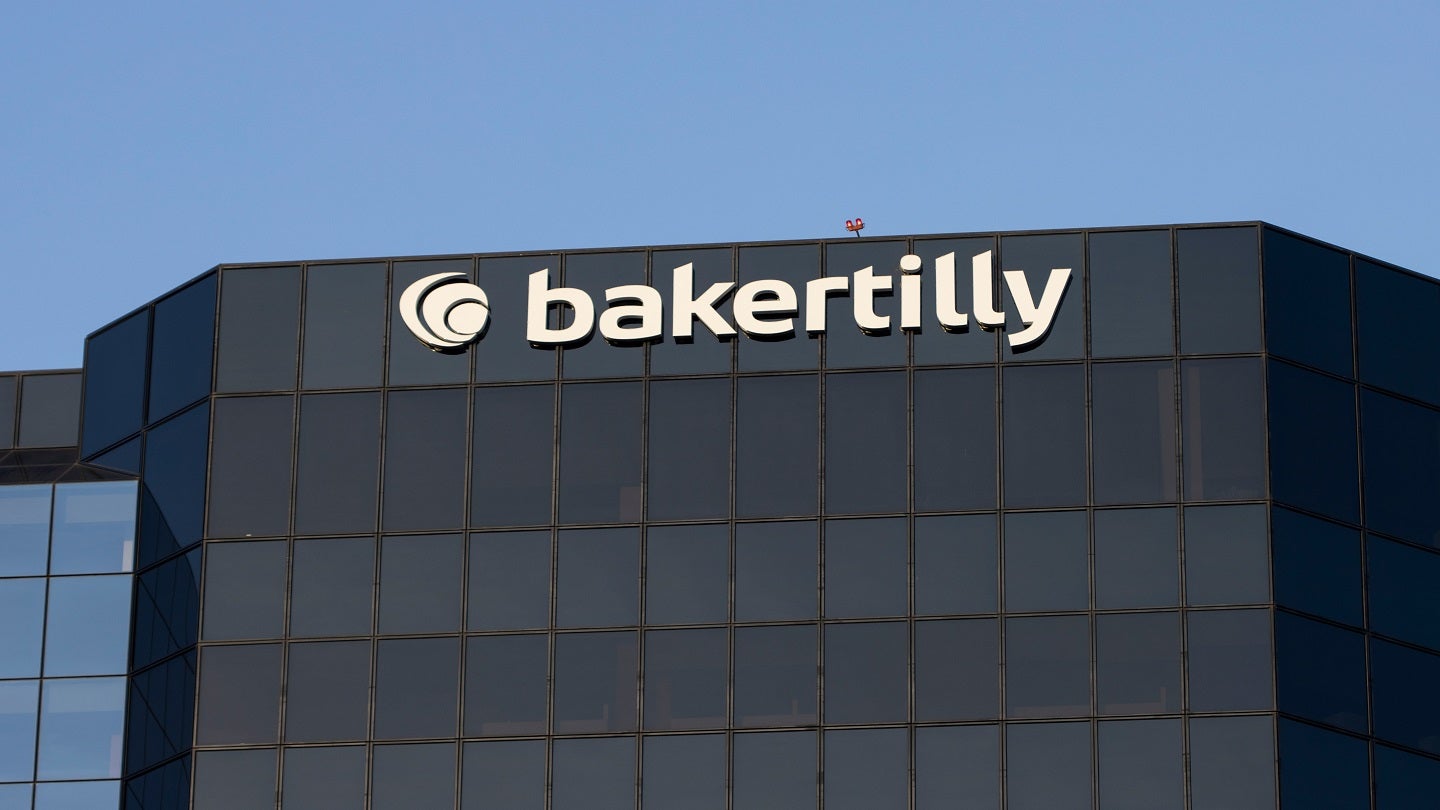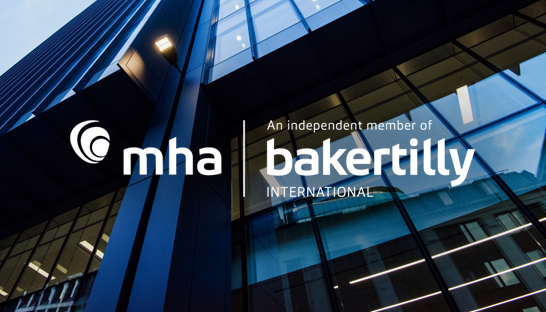In East Europe, Kmart Faces an Attitude Problem
Ludmilla Buchovako, a seasoned saleswoman in this city’s biggest department store, looked slightly miffed as she stood amid the baseball caps, track suits and exercise machines of Eastern Europe’s first Kmart.
Indeed, she had removed the Kmart badge with the slogan “I’m Here for You” from her new red sales pinafore and hidden it it in her pocket.
“It offends me,” Mrs. Buchovako said of the slogan. “People can interpret it anyway they want; it looks as though I’m here not just for business but for the amusement of certain customers.” In the West, the slogan may be accepted as a sign of friendliness to shoppers, but here, she feared, it is seen as an invitation to sexual harassment. Mrs. Buchovako’s resistance to modern merchandising is one of the challenges that America’s second-biggest retailer is encountering as it embarks on the first effort by a major American chain to revolutionize shopping in the former Communist bloc. Eastern Europe as Growth Area
Reckoning that an era of rapid expansion had ended in the United States, Kmart sought a chain in Eastern Europe to help maintain its sales growth. Last year, the discount retailer bought 13 of the best stores in the Czechoslovak Government’s Prior chain. Czechoslovakia split into the Czech Republic and Slovakia in January, leaving Kmart with stores in two countries.
The price tag for the stores, including renovation of the drab multistory buildings, will total $120 million, said Don G. MacNeill, Kmart’s managing director for Eastern Europe, who until last year headed the region for Levi Strauss & Company, the San Francisco apparel maker. Kmart’s biggest store is in Bratislava, the Slovak capital. Its $40 million in sales last year topped that of any of the more than 2,400 Kmarts in the United States, Mr. MacNeill said. But the Bratislava store was, of course, unprofitable, with its huge inefficiencies, high costs and low margins.
Turning a profit will mean turning the old Communist way of selling upside down, Mr. MacNeill said.
Local manufacturers have to be persuaded to produce and ship to suit the retailers’ needs, not the factories. Stores have to be renovated. Surly service is being transformed — slowly — into friendly help. Shopping hours are being lengthened on Thursdays and Saturdays.
One of the most difficult changes has been in changing the relationship between customer and sales clerk. Shaping new customs requires changes in personal attitudes and behavior. For Mrs. Buchovako was not the only unnerved sales clerk. “It was better before,” said Adamkova Jitka, 19, who has worked in the Prague store for two years. “I’m in the sports department, but people ask about other things, like sleeping bags.”
For most sales clerks, the “concept of the customer” is difficult, Mr. MacNeill said. “The staff understand it, but they don’t naturally do it. Our local staff has a high level of education and intelligence. They have just been living for 40 years in socialism, which means people don’t have a consumer attitude — either as a consumer or as salespeople.”
And many Western companies doing business in Eastern Europe refuse to hire people older than 40 on the theory they will not be able to change their habits. Psychological Tests
To promote motivated workers to the ranks of middle management, Kmart gave psychological tests that screened candidates for leadership qualities, organizational skills and adaptability.
Mr. MacNeill said he was surprised that as many in the 40-plus age group as in the 30-plus age group passed the tests. “I was encouraged that women over 40 with experience were happy to accept the change,” he said.
The flagship Prague store is the first to have its gloomily lit counters ripped out and replaced with bright, open floor space, where shoppers can wander, touch, feel and even try on the goods. Trying to Fill the Shelves
The redesign resulted in more shelves and racks to produce higher volume, a key feature of Kmart’s operations. But in the short term this created a problem: there were not enough Czech goods to fill the expanded space. So the first big special offer at rock-bottom prices — which sold out in three days — was of summer shorts ($2) and tops ($3) made in Asia.
“The Czech manufacturer is not able to produce quickly,” Mr. MacNeill said.
To push local plants to adopt greater and more rapid production schedules, Kmart recently selected samples from 22 Czech manufacturers and sent them to its buyers at its Troy, Mich., headquarters for possible introduction in stores in the United States.
The products ranged from glassware to pocket knives to fishing gear. About 10 products won orders from the Kmart buyers, Mr. MacNeill said. Orders Bring New Problems
Local manufacturers welcomed the large orders from the American Kmarts. But factory managers said they were unsure how to react. They are unaccustomed to adjusting to the uncertainties of market forces and the whims of demanding retailers.
The Czech Mikov factory, for example, received an initial order for 100,000 pocket knives for Kmarts in the United States. But that order represents half the factory’s total production.
If the knives sell well in America, there will be more orders, perhaps for a million knives. But, asked an excited but perplexed company official, should Mikov invest now in more machinery, and even buildings, without a firm commitment from Kmart? High Expectations
At the Prague store, where remodeling is nearing completion, Czech customers have been arriving with high expectations. Sometimes they go unmet.
“I was looking for soccer shoes, but there were only three kinds, not enough for a soccer player,” said a disappointed Karol Slivenicky, a 17-year-old high school student. “They really have to improve the selection of goods.”
Mr. MacNeill agreed. “Consumer expectations will rise. People will travel more to the West, and our competitors will learn,” he said. “That department is badly merchandised. It doesn’t have the range it should have. The local manufacturers couldn’t get it to us, but they will.”

 Schneider Electric appoints Ionuț Farcaș as President of Central East Europe Zone
Schneider Electric appoints Ionuț Farcaș as President of Central East Europe Zone  MHA wraps up acquisition of Baker Tilly South-East Europe
MHA wraps up acquisition of Baker Tilly South-East Europe  MHA completes €24m acquisition of Baker Tilly South-East Europe
MHA completes €24m acquisition of Baker Tilly South-East Europe  How the €24m merger between Baker Tilly South East Europe (BTSEE) and MHA plc will impact the professional services sector
How the €24m merger between Baker Tilly South East Europe (BTSEE) and MHA plc will impact the professional services sector  MHA completes acquisition of Baker Tilly’s South-East Europe business
MHA completes acquisition of Baker Tilly’s South-East Europe business  South East Europe Green EPC & Infrastructure Conference
South East Europe Green EPC & Infrastructure Conference